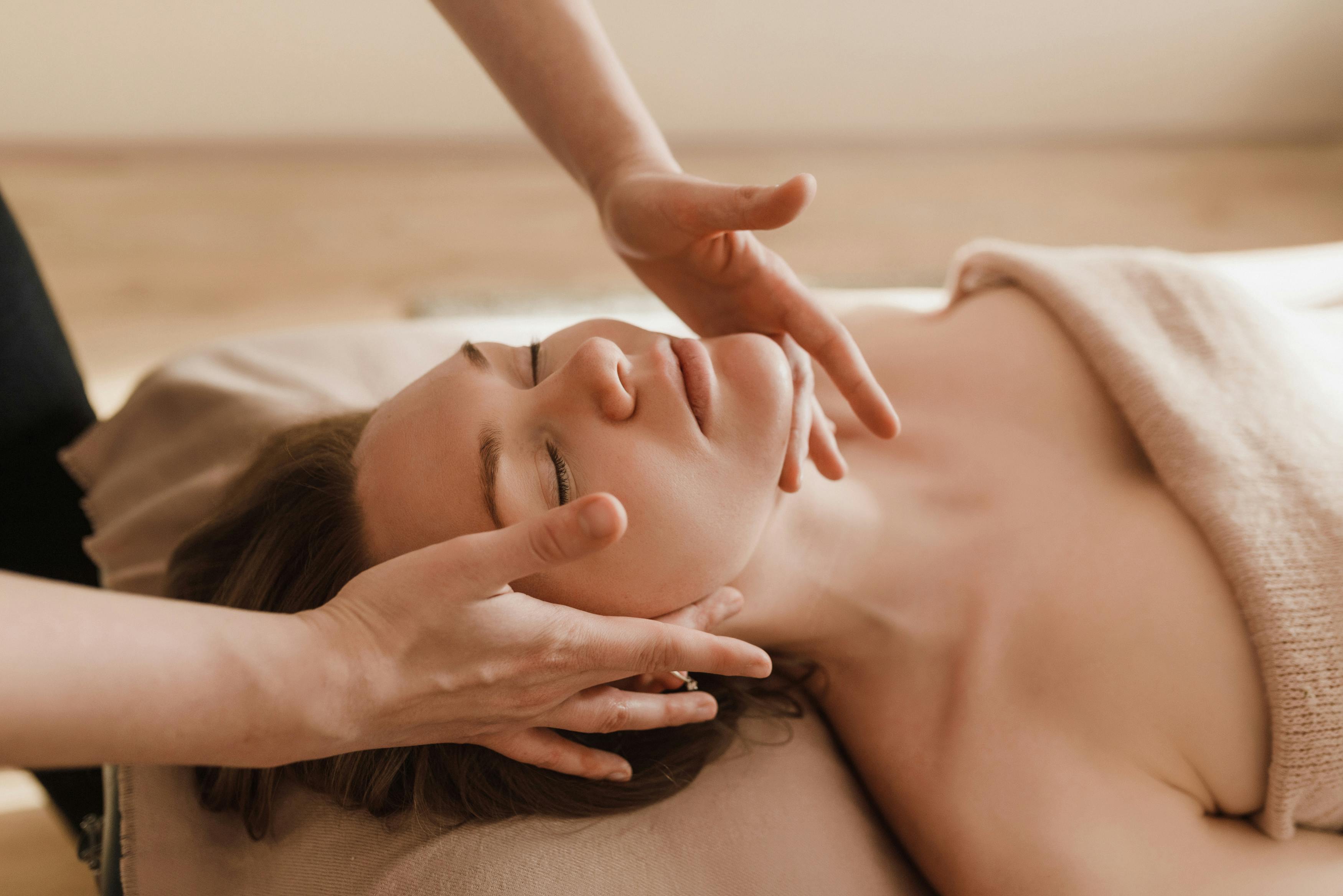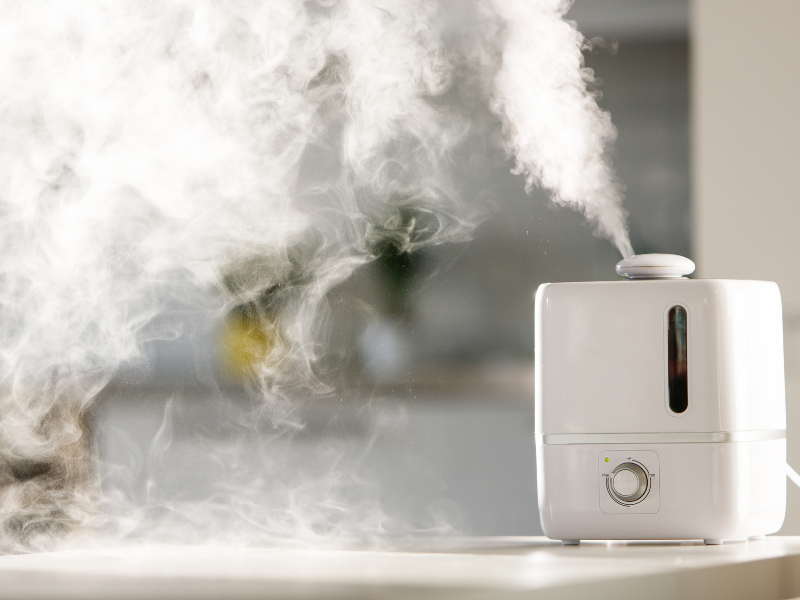
Pharmacological Perspective on Aromatherapy Massage
"Although the use of distilled plant materials dates back to medieval Iran, the term "aromatherapy" was first used by Rene Maurice Gattefosse in the early 20th century. Gattefosse claimed in his 1937 book Aromatherapie that herbal remedies can be used to treat almost any ailment in the human organ system. ''*
Although the effects of various therapies of aromatherapy on various ailments are seen, research continues. Essential oils available for medical use today are generally recognized as safe by the United States Food and Drug Administration (FDA). In its most basic sense, aromatherapy refers to the medicinal or therapeutic use of essential oils absorbed by the skin or olfactory system.**
While there are many helpful studies focusing on the use of aromatherapy to manage depression, anxiety, muscle tension, sleep disturbance, nausea, and pain, most people are wary of using essential oils because of their low cost and minimal side effects.
As someone who has just started to experience laurel oil cream for low back pain, I will tell you what I missed today, in the language of science.
Essential oils are obtained by distillation from the peel of citrus fruits or aromatic plants. No other method can produce essential oil. Extracts are usually obtained from petrochemical solvents. They are not suitable for clinical aromatherapy because it is impossible to remove all of the solvent. In addition, petrochemical solvents can cause allergic reactions.*** Therefore, before discussing the effects of the product you use, you should make sure that you are using a quality product.
Many studies examining the effect of aromatherapy in reducing pain focus on massage as a method. A meta-analysis has been done on this subject in the past years. Meta-analysis, in summary, is a systematic review of all available data to find the answer to a focused question. The data available here are all the studies on the subject published until the day of the analysis. For this, an electronic database search was carried out. Some of the hundreds of articles were eliminated for a transparent synthesis. After data extraction and analysis, the results for many different types of pain were as follows:
- Chronic pain in the elderly, which is often not associated with diagnosable conditions, responds strongly to hand massage with lavender oil.
- Getting treatment can be difficult, as less than 15% of patients with chronic low back pain are diagnosed with a known cause. Although there are many studies conducted with different oils, long-term positive feedback is received from patients who commonly use ginger oil.
- Menstrual pain is extremely common and affects women all over the world. In 15% of young women, this pain is very severe and can affect their daily lives. Participants who received massage therapy with therapeutic oils report a significant improvement in their pain levels. In addition, there has been positive feedback for pain experienced after cesarean delivery, and it has become a routine method used in most hospitals, especially in the USA.
- Chronic kidney failure is one of the most common and painful diseases with a painful treatment process. For successful treatment, patients are exposed to stressful injections. It is necessary to reduce their pain to ensure that they are compliant with the treatment. Aromatherapy treatment is a suitable option for reducing needle insertion pain due to its low cost and ease of administration. Studies have concluded that lavender aromatherapy significantly reduces pain and anxiety in hemodialysis patients.
In addition, the responses to aromatherapy massage for various pain and syndromes were examined.
Although one of the most common complaints of patients in any healthcare setting, pain is highly subjective. Communication with patients during treatment is very important. This need in pain management practice can be met with aromatherapy. This meta-analysis study also shows this for a wide range of symptoms. In addition to the physical benefits of aromatherapy massage, even the fact that it emits a pleasant scent can play a key role in patient satisfaction. Most participants who receive aromatherapy treatment benefit from private treatment sessions outside of the normal treatment protocol. The same analysis says that aromatherapy, when combined with a standard pain management protocol, can be beneficial in treating pain. It also states that it's more affordable and has fewer side effects than traditional pain management drugs. In some countries these practices have already become a standard part of patient care!
SOURCE
*The Effectiveness of Aromatherapy in Reducing Pain: A Systematic Review and Meta-Analysis
**B.-C. Shin and MS Lee, “Effects of aromatherapy acupressure on hemiplegic shoulder pain and motor power in stroke patients: a pilot study,” Journal of Alternative and Complementary Medicine, vol. 13, no. 2, p. 247–251, 2007.
*** Use of aromatherapy as a complementary treatment for chronic pain- Alternative Therapies



